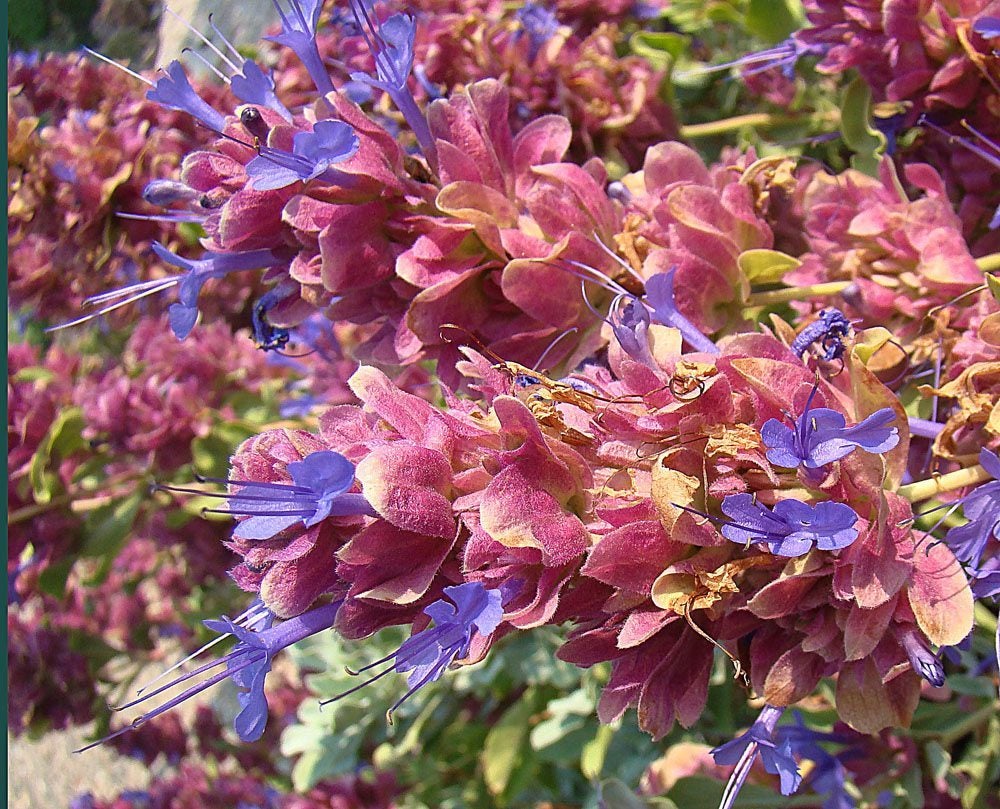Mojave Sage Information: Learn About Mojave Sage Care In Gardens


What is Mojave sage? Native to southern California, Mojave sage is a woody shrub with aromatic, silvery green foliage and spiky lavender blooms. Read on to learn more about this vibrant, dry-climate plant.
Mojave Sage Information
Mojave sage, sometimes referred to as rose sage, giant-flowered purple sage, blue sage, or mountain desert sage, is easy to confuse with other types of sage or salvia plants. To eliminate mix-ups, be sure to request the plant by its botanical name: Salvia pachyphylla. Hardy to USDA plant hardiness zones 5 through 8, Mojave sage plants are sturdy, drought-tolerant perennials that thrive in poor, dry, alkaline soil. Look for this easy-to-grow plant to reach mature heights of 24 to 36 inches (61-91 cm.). Hummingbirds love the fragrant flower spikes, but deer and rabbits aren’t impressed and tend to pass Mojave sage in favor or more succulent fare. Mojave sage is usually easy to find at garden centers, or you can start Mojave sage seeds indoors six to ten weeks before the last frost. If you have an established plant, you can propagate Mojave sage plants by dividing the plant in early spring, or by taking cuttings from tender, mature growth any time the plant is actively growing. Full sunlight and well-drained soil are essential, and plants in soggy, poorly drained conditions are unlikely to survive. Allow 24 to 30 inches (61-76 cm.) between each plant, as Mojave sage plants require good air circulation.
Mojave Sage Care
Caring for Mojave sage plants is uninvolved, but here are a few general tips on Mojave sage care: Water young plants regularly. Thereafter, supplemental irrigation is rarely needed. Prune Mojave sage lightly after each flush of blooms. Division every few years will rejuvenate old, worn-out Mojave sage. Discard woody sections and replant younger, more vibrant sections. Mojave sage is generally pest resistant but any mites, aphids, and whiteflies that appear are easy to treat with regular applications of insecticidal soap spray.
Sign up for the Gardening Know How newsletter today and receive a free copy of our e-book "How to Grow Delicious Tomatoes".

A Credentialed Garden Writer, Mary H. Dyer was with Gardening Know How in the very beginning, publishing articles as early as 2007.